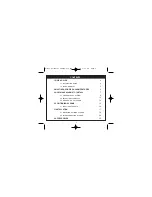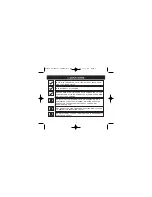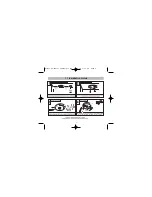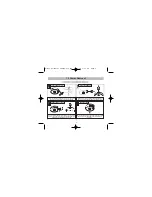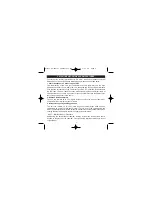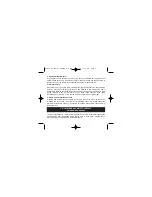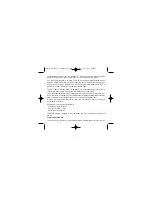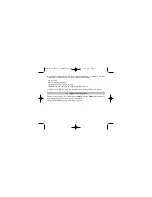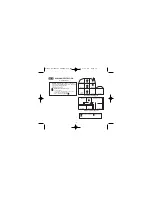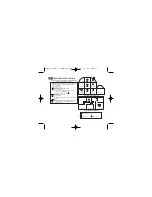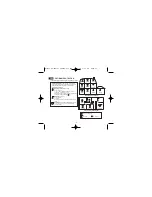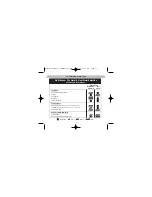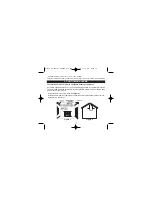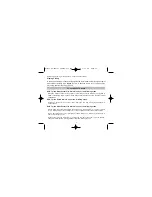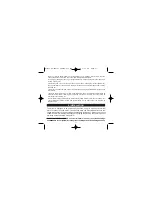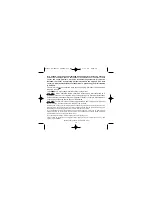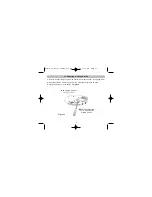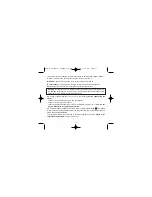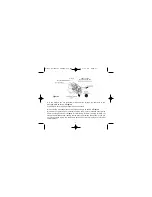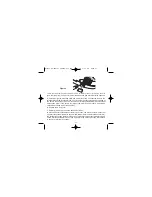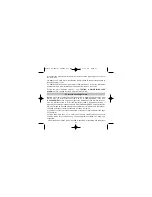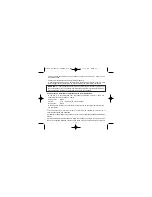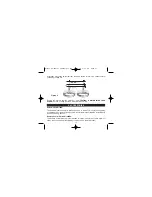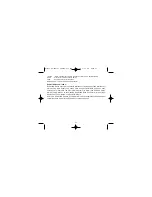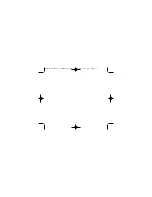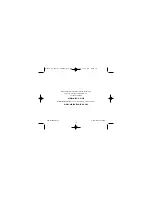
1
Some Fire authorities (concerned with the slow response of Heat Alarms) advise that Smoke Alarms
(or Multi-Sensor Alarms) should be fitted. This is acceptable according to BS 5839-6 provided there are
clearly not going to be problems with nuisance alarms. Fit Heat Alarms only if nuisance alarms are very
likely and it is acceptable that a warning will only be given by the Heat Alarm when there is a very
significant flaming fire in the room. If the door(s) and windows are not closed to contain the fire and heat,
it is extremely unlikely that the Heat Alarm would respond before a Multi-Sensor Alarm sited outside in
the corridor.
2
In enclosed kitchens with doors closed.
3
Fast flaming fires generate considerable amounts of heat. The Multi-Sensor Fire Alarm has a heat
enhanced optical smoke sensor to improve the response of the sensor to these types of fires.
4
Do not install in kitchens.
Improved Audibility
The effectiveness of Category LD2 and LD3 systems can be significantly enhanced if an
additional alarm (interconnected) is installed in the master bedroom. This will help ensure that a
responsible person will quickly be alerted to a fire and can arrange for an orderly evacuation of
children and other vulnerable occupants.
3.3 Grade D, E & F Systems
The mains powered, with battery back-up, Multi-Sensor Fire Alarm covered by these instructions
will meet the requirements for a Grade D Systems (and exceed Grades E & F).
A Grade D system is needed for:
- new or materially altered dwellings up to three-storeys, with no floor over 200m
2
in area
- existing dwellings with poor structural fire precautions, up to three storeys, with no floor over
200m
2
in area
- Houses in Multiple Occupation (HMOs) of one or two-storeys, with no floor over 200m
2
in area
14
B16350-R0-Ei2100 SERIES-U&C.qxd 18/9/08 3:46 PM Page 14


